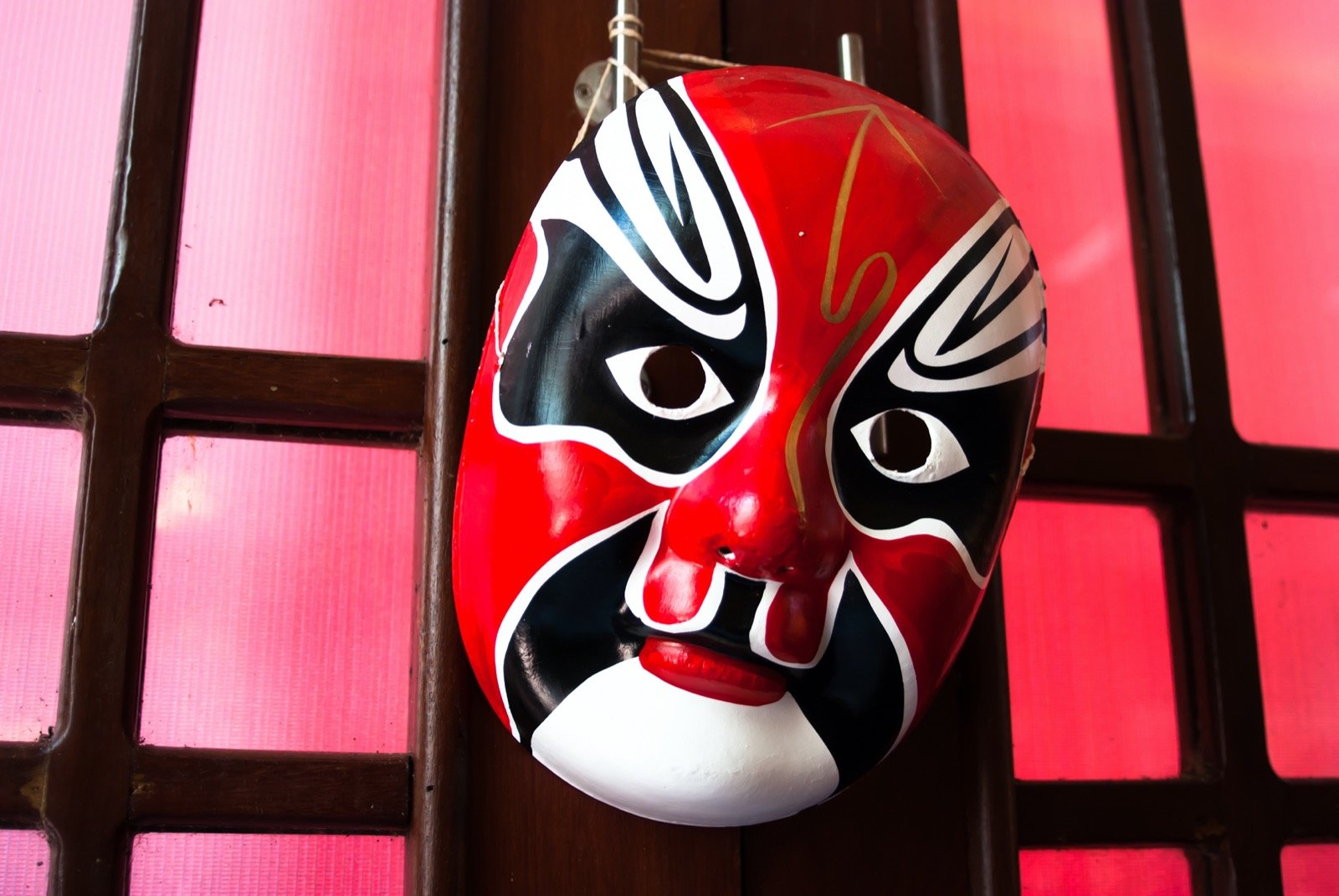
Chinese Opera Mask Colors and Their Symbolic Meanings Color Meanings
Chinese opera is a highly distinctive art form rooted in ancient Chinese traditions. It integrates various artistic elements like music, singing, dancing, acrobatics, martial arts, costumes, and makeup. Chinese opera features unique vocal techniques, symbolic movements, and gestures.

Colorful Peking Opera Masks
The production of traditional Peking opera facial masks often relies on hand painting by experienced painters, which restricts the inheritance and development of this intangible cultural heritage.
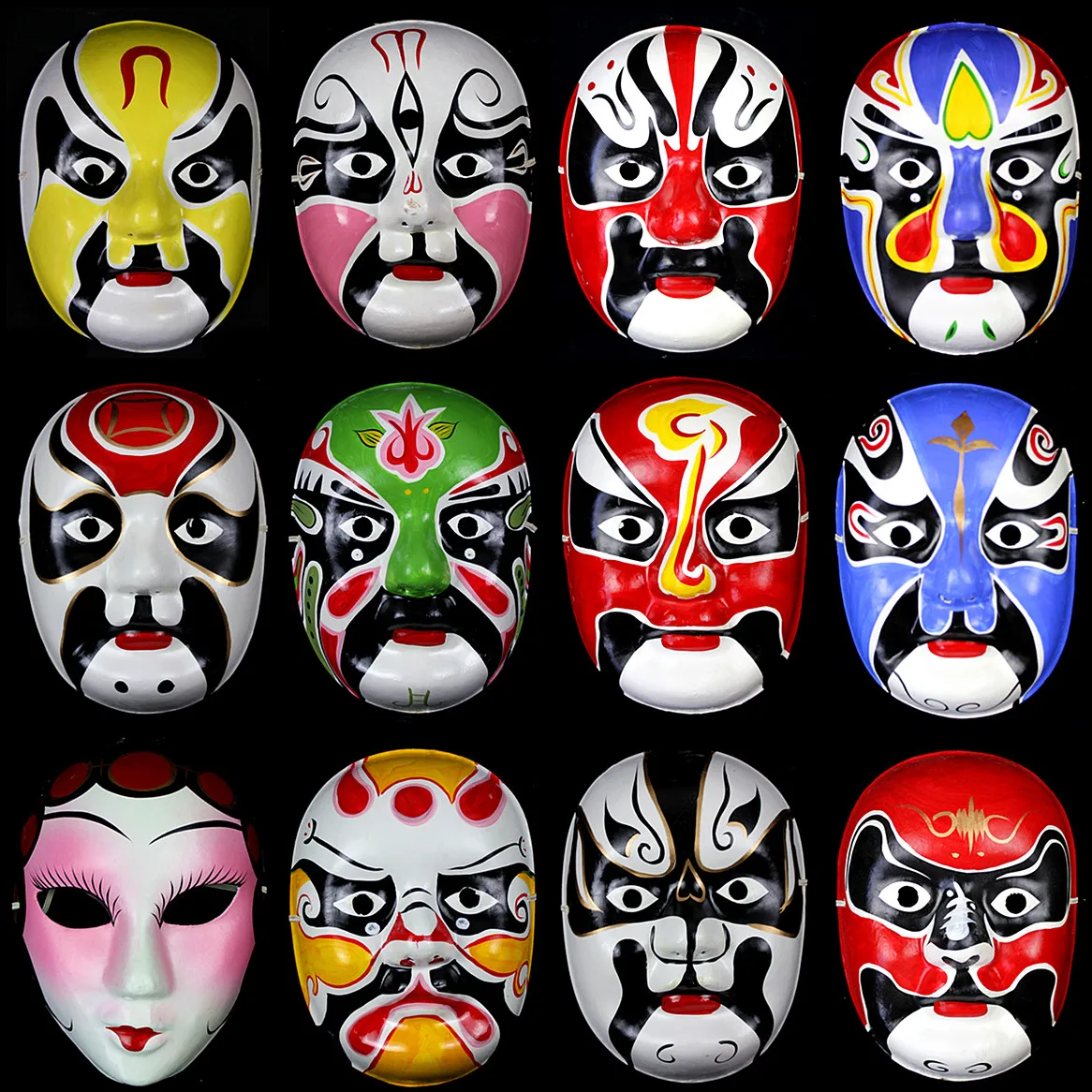
Halloween Adult Man and Child Performance Pulp Beijing Opera Facial Masks Decorative Handicrafts
1. Eglise Saint-Martin. Churches & Cathedrals. Things to Do in Jeumont, France: See Tripadvisor's 78 traveler reviews and photos of Jeumont tourist attractions. Find what to do today, this weekend, or in January. We have reviews of the best places to see in Jeumont. Visit top-rated & must-see attractions.

Chinese Opera Mask Colors and Their Symbolic Meanings Color Meanings
Peking Opera usually comes from traditional stories and novels, while Cantonese in Shanghai also has different singing styles, and they also use their own dialect. Chinese opera together with Greece tragic-comedy and Indian Sanskrit Opera are the three oldest dramatic art forms in the world. History, makeup, music, costume and masks of Chinese.
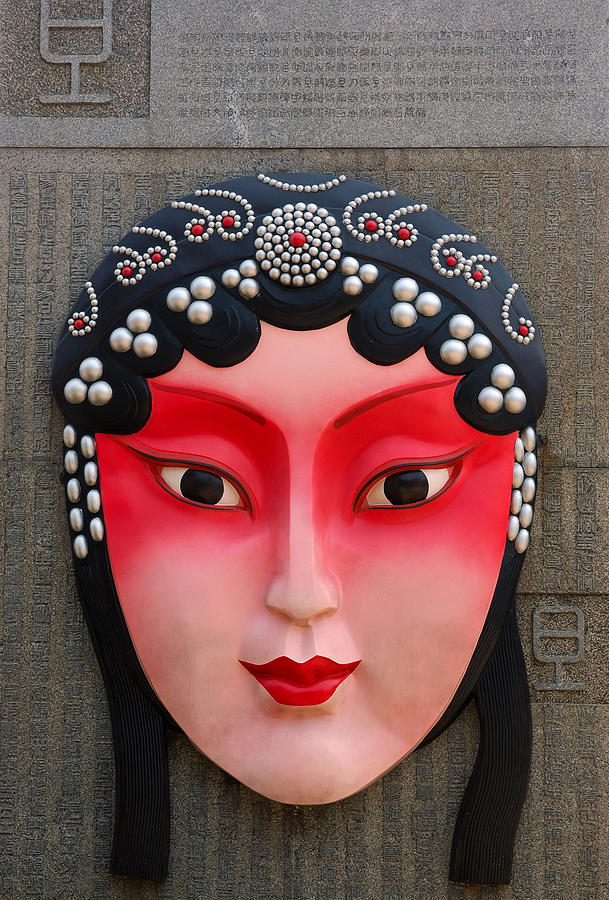
Beijing Opera Mask Photograph by Eastphoto
Bian Lian ( traditional Chinese: 變臉; simplified Chinese: 变脸; pinyin: Biàn Liǎn; lit. 'Face-Changing') is an ancient Chinese dramatic art that is part of the more general Sichuan opera. Performers wear brightly colored costumes and move to quick, dramatic music. They also wear vividly colored masks, typically depicting well known.

Antique Chinese Opera Mask For Sale at 1stDibs
Yellow Chinese opera masks are also used for cruel and short-tempered character roles. Silver and gold. These colors are used mainly for fantasy masks to display the mighty power of supernatural beings, as well as ghosts or spirits that display cruelness and cold-bloodedness. Sometimes, golden masks are used to display the prowess of generals.

Chinese Opera Mask Colors and Their Symbolic Meanings Color Meanings
A lot, as it turns out. Chinese opera masks or Jing masks feature unique colors and patterns that give the audience clues about a character's motives, character or virtue. Credit: Photo/Wikimedia.
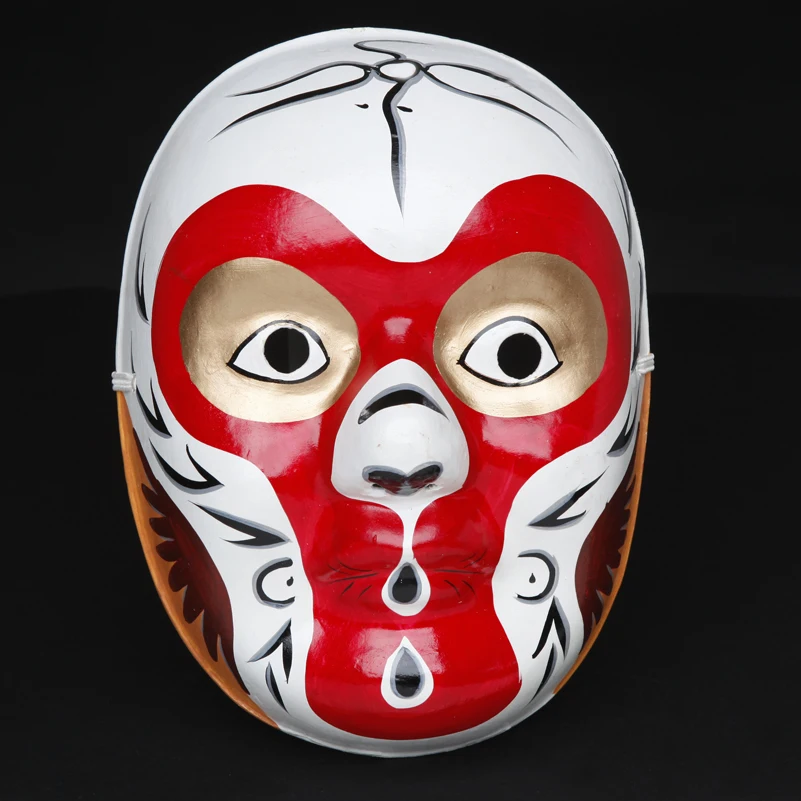
Free Shipping 10pcs/lot Chinese style peking opera gypsum mask beijing opera mask malein Party
Chinese opera masks are significant in a way that they represent the performers' or characters' personalities, intense moods, and status quo even. Chinese opera mask is basically among the main methods, which performers use as makeup. Since opera masks are used in representing various human emotions, the frequent on-stage change of facial.

Chinese Opera Mask Colors and Their Symbolic Meanings Color Meanings
Chinese Opera Masks. These masks are influenced by the history of the Chinese kingdom, mostly the Song Dynasty. Each character has a different color painted on it to distinguish its quality. Although the masks are painted on the actor's faces, they are available as a collector's item too. They are made from wood or leather.
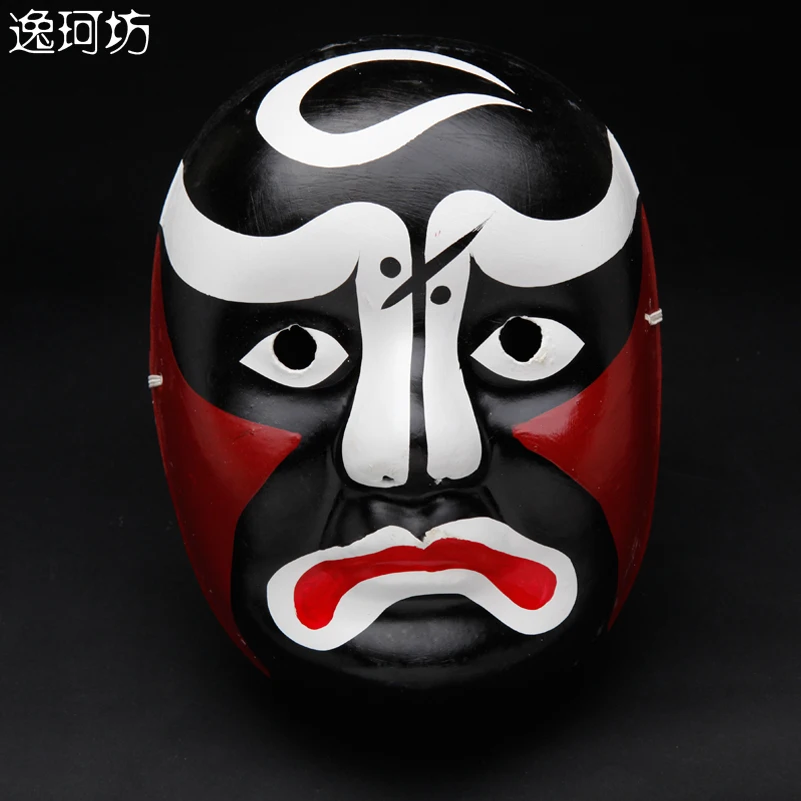
Chinese style peking opera gypsum mask beijing opera mask malein Party Masks from Home & Garden
Traditional Chinese opera (traditional Chinese: 戲曲; simplified Chinese: 戏曲; pinyin: xìqǔ; Jyutping: hei3 kuk1), or Xiqu, is a form of musical theatre in China with roots going back to the early periods in China. It is an amalgamation of various art forms that existed in ancient China, and evolved gradually over more than a thousand years, reaching its mature form in the 13th century.

Vintage decorative wall hanging of Chinese Opera Mask in Red Box , Type of Facial Makeup in
The Intricate Art of Peking Opera Masks. Chinese Peking Opera: Masks, Costumes, and Theatrical Traditions. Peking Opera, also known as Beijing Opera, is a traditional form of Chinese theater that dates back over 200 years. It is a highly stylized art form that combines music, dance, acrobatics, and martial arts. One of the most distinctive.

Chinese Opera Mask Colors and Their Symbolic Meanings Color Meanings
The Chinese dramatic art of bian lian gives the term "two-faced" a whole new meaning. Translated literally as "changing face," it's a unique aspect of Sichuan opera, which originated around 1700, in which the performers, quick as lightning, change their masks multiple times. Here are eight more magical tidbits about this amazing art form.

Halloween Ball Hand painted Chinese Peking Opera Mask Face changing Children Peking Opera Mask
History of the Peking Opera Mask. In Chinese Peking opera, face painting is an interesting part. Peking Opera has more than two hundred years of history behind its name and is the national opera of China. It is popular among Chinese and people of other nationalities alike for its dramatic presentation of Chinese culture and history.

Chinese Mask, also known as Beijing opera Mask, is a kind of makeup art with traditional Chinese
Today, Chinese masks are usually associated with Chinese New Year or Chinese opera. Those are the two most common occasions when we can see people wearing them. In the past, they had more functions - from scaring evil spirits to celebrating various events. If you were wondering what do all these masks actually mean, you will find the answer to that and many other questions here.

Beijing Opera Mask, as famous Chinese culture fine art, artist Jiao YingMing is well known for
Masks in Chinese opera are used to represent different characters and emotions. Each mask has its own unique design and color, which helps the audience to identify the character and understand their emotions. The masks are made of different materials, such as wood, paper-mache, and clay. The materials used to make the masks depend on the type.
/peking-opera-facial-makeup-145793193-588789365f9b58bdb3294c8a.jpg)
Chinese Masks and Their Use in Home Feng Shui
The designs of Chinese opera masks are rooted in face painting and feature swirling motifs that somewhat resemble the patterns on the hoods of Mexican wrestlers. Long established in meaning, the.